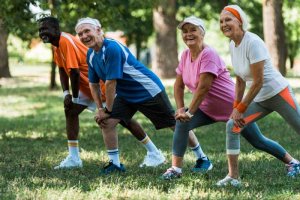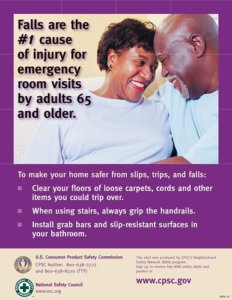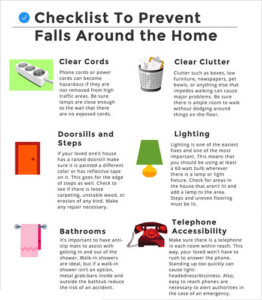Anxiety is a state of dread, tension, and unease. It is considered a normal response to stress over uncertain situations. Feeling anxious for long periods of time or at intense levels may mean that you have an anxiety disorder.
Anxiety can make you feel:
- Sad
- Depressed
- Mad
- Defeated
- Checked out
- Alone
Why do high-schoolers feel like they are taking the “hit”?
Highschool is a time of uncertainty and change. This is a time in your adolescence where stress can be found in more than one part of your life. Emotions are crucial at this time of development and can be motivators to behaviors. These behaviors can be brought on by triggers.
What can be a trigger?
- Social anxiety
- Loud noises
- Quiet places
- New people
- School work
- Family issues
- Friend issues
- Your thoughts
You are not your thoughts!
And what do high-schoolers say is the biggest trigger?
You guessed it… EXAMS!

By: Alberto G.
What can help?
- The use of positive self talk
- Not cramming the night before
- Working on self-esteem
- Finding coping strategies that work for you
- Advocating for yourself
- Self-care
When talking about coping with anxiety & stress.. one size does NOT fit all!
Need Ideas?
Coping Skills 101:
- Self-care (taking a bath, a nap, or anything that relaxes you)
- Physical activity (research shows this to be beneficial in helping reduce stress)
- Talking it out (talk to a friend or someone you feel comfortable with)
- Talking to your doctor about your thoughts & feelings
- Using your creativity- creative and expressive art techniques
- Understanding you are NOT alone!
Let’s circle back to a specific coping skill that was listed…
Creative & Expressive Art- What is it?
Creative and expressive art techniques allow adolescents to express themselves in a safe and creative way. This helps them relate to others around them and understand that they are not alone in their struggles. Easy-to-assemble projects are typically used to eliminate stress or anxiety related to art.
This is an outlet that most teens don’t think of but can be a beneficial coping strategy.

By: Incase
The question everyone is always left with is..
“How do I fix it”?
- There is no one way to fix or cure anxiety.
- However, there are many ways to reduce it.
- Coping skills, self-care, positive talk, are just a few to be named
Visit our brochure below for more information on anxiety.
Brochure -Click Here

By: Barbara M.
References:
Bagana, E., Raciu, A., & Lupu, L. (2011, December 27). Self esteem, optimism and exams’ anxiety among high school students. Procedia – Social and Behavioral Sciences. Retrieved November 3, 2022, from
Llorca, A., Malonda, E., & Samper, P. (2017, January 1). Anxiety in adolescence. can we prevent it? Medicina oral, patologia oral y cirugia bucal. Retrieved November 3, 2022, from
Muris, P., Meesters, C., Pierik, A., & de Kock, B. (2015). Good for the self: Self-compassion and other self-related constructs in relation to symptoms of anxiety and depression in non-clinical youths. Journal of Child and Family Studies, 25(2), 607–617. https://doi.org/10.1007/s10826-015-0235-2,
Tacchi, M. J., Heggelund, J., & Scott, J. (2019). Predictive validity of objective measures of physical fitness for the new onset of mental disorders in adolescents and young adults. Early Intervention in Psychiatry, 13(6), 1310–1318. https://doi.org/10.1111/eip.12783
Yoder, A. M., Somerville, T., Pincente, D., Oglesby, K., Spangler, P., Ehlers, D., Kledzik, S., & Pickowitz, J. (2020). The effect of school-based creative expression group therapy on the self-concept of female adolescents. Journal of Child and Adolescent Counseling, 6(1), 37–53. https://doi.org/10.1080/23727810.2019.1609835


























